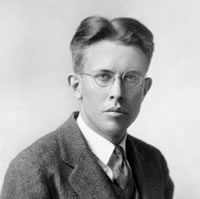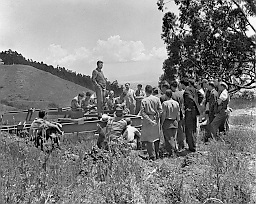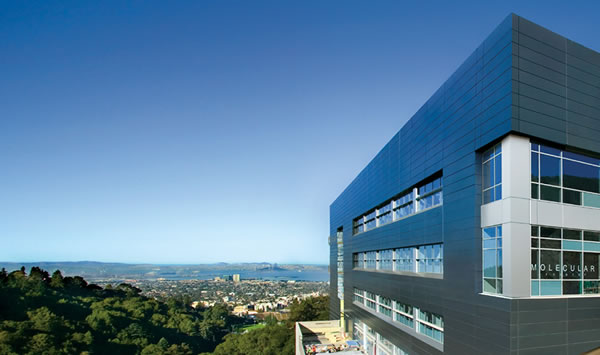
75 Years of Nobel Prize-Winning Science

It all began humbly enough. In the summer of 1928, a 27-year-old physics professor named Ernest O. Lawrence was wooed from his faculty position at Yale University to a job at the University of California’s Berkeley campus. He had planned to continue his work on photoelectricity, but his research took a turn when he read a paper from Norwegian engineer Rolf Wideroe on a method for accelerating particles, a goal long sought after by physicists. With the help of his graduate student, M. Stanley Livingston, Lawrence invented a unique particle accelerator that became known as the cyclotron. The first cyclotron was an unimpressive looking contraption made of glass, sealing wax and bronze, not much bigger than the palm of Lawrence’s hand, but it would eventually prove his hypothesis: whirling charged particles around to boost their energies, then casting them toward a target is an effective way to smash atomic nuclei. The cyclotron would go on to win Lawrence the 1939 Nobel Prize in physics and usher in a new era in the study of subatomic particles.

Lawrence also launched the modern era of multidisciplinary, team science. When he came to Berkeley, the traditional practice for scientists was to work within their own specialized field, seldom sharing information or collaborating outside of their departments. But in August of 1931, when he created his Radiation Laboratory in a modest building on the Berkeley campus, Lawrence began recruiting a brilliant circle of colleagues from physics, chemistry, biology, engineering and medicine, whose ground-breaking teamwork would be critical to the laboratory’s legendary success. The Rad Lab was the forerunner of the present Lawrence Berkeley National Laboratory. When Lawrence’s plans for bigger and better atom-smashing cyclotrons required more room, he moved his laboratory off campus and up to its present location in the Berkeley hills, overlooking the San Francisco Bay.
Today, Berkeley Lab continues the tradition of multidisciplinary scientific teams working together to solve global problems in human health, technology, energy, and the environment. Ten Nobelists have worked here, including the Lab’s present director Steve Chu. And countless other researchers have contributed to the Lab’s success as an institution for furthering our nation’s scientific endeavors, whether in fundamental research, science education, or technology transfer. The year 2006 will mark the 75th anniversary of the founding of Lawrence’s laboratory and his grand idea for multidisciplinary team science, truly a cause for celebration.
To learn more about Ernest Lawrence and the history of the Lawrence Berkeley National Laboratory, go here.
